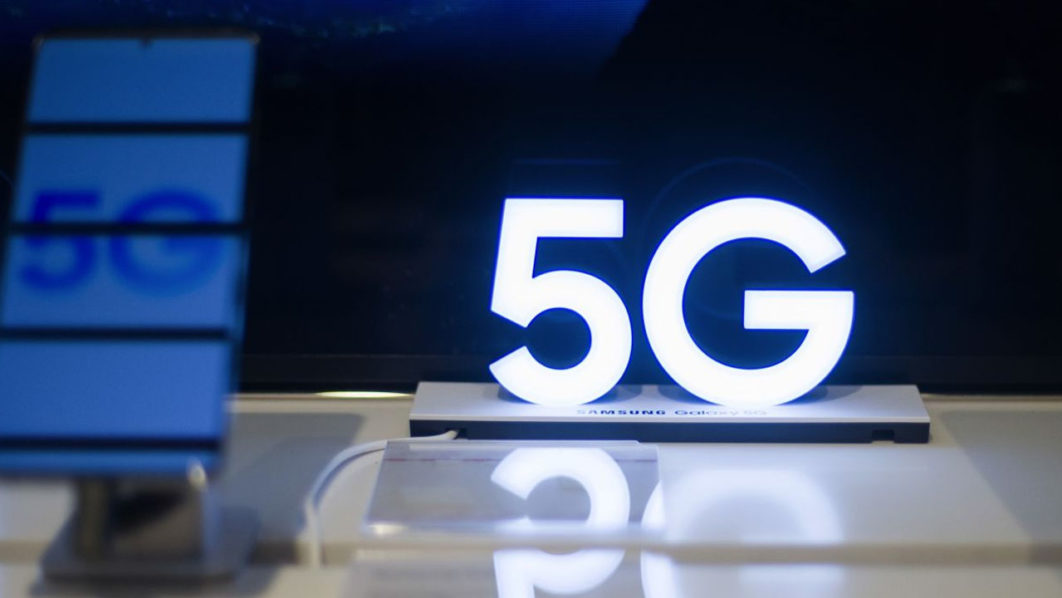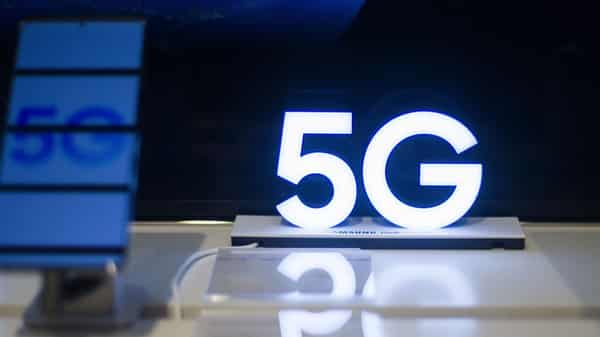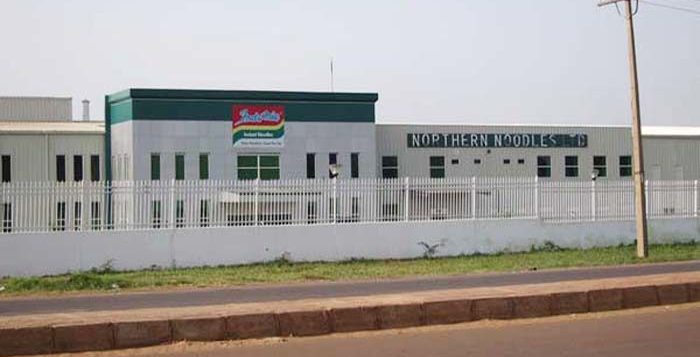
Global telecoms advocacy body, GSMA, in its latest research into 5G in Europe, has hinted that the technology would hit 80 per cent adoption and boost the continent’s economy by €164 billion by 2030, but the industry body warned uptake continued to lag several other regions.
At the end of 2024, 5G accounted for 30 per cent of Europe’s connections compared with a global average of 24 per cent, the GSMA stated in its Mobile Economy Europe report.
However, the adoption rate was cited as being behind other advanced regions including North America, East Asia and Gulf Cooperation Council states. In these areas, the GSMA noted operators were already shifting attention to the next generation of networks.
The industry association stated that “urgent policy reforms” are required “to drive a step-change in access to investment across” Europe and maintain the region’s competitiveness.
By 2026, 5G is expected to become the dominant generation of mobile technology in Europe. It already accounted for the majority of connections in Germany and Switzerland, with Denmark, Finland, Norway and the UK all having rates above 40 per cent.
The standalone variant of 5G had been launched by 18 European operators as of September 2024, though the GSMA noted increased proliferation of this and 5G-Advanced would be hampered unless current regulatory challenges were resolved to encourage digital infrastructure investment.
GSMA chief regulatory officer, John Giusti, said: “Europe is at a crossroads in its development of the digital infrastructure that its businesses and citizens will need to succeed. It is concerning to see it falling further and further behind other large markets around the world.”
Highlighting the more than €1 trillion the mobile industry contributed to the economy, he argued swift reform of policies was needed to “support strong, sustained network innovation and to re-establish a leadership position in the global technology marketplace by 2030.”
The GSMA urged the European Commission to complete a digital single market policy involving cross-border services; “ensure fairness in the internet value chain”; and review merger regulation.
Meanwhile, as of December 2024, only about six per cent of the sub-Saharan African (SSA) population has access to 5G. However, several countries have launched 5G networks, including South Africa, Nigeria, Kenya, Botswana, and Zimbabwe.
Despite the current low penetration, 5G is expected to grow significantly. Ericsson predicted that 10 per cent of Africa’s population will have 5G subscriptions by 2027. GSMA forecasts 226 million 5G connections in SSA by 2030, representing a 17 per cent adoption rate.
Specifically in Nigeria, telcos with 5G network licenses have connected about 3.4 million of the about 160 million active telecom subscribers in Nigerians to the networks within two years of its commercial launch in the country.
According to NCC, 5G penetration was 2.1 per cent as of the end of Q3, 2024.
GSMA noted that while 5G penetration in Africa is currently low, the future looks promising. It stressed that overcoming the challenges and leveraging the opportunities will be crucial to ensuring that the continent benefits fully from this transformative technology.






